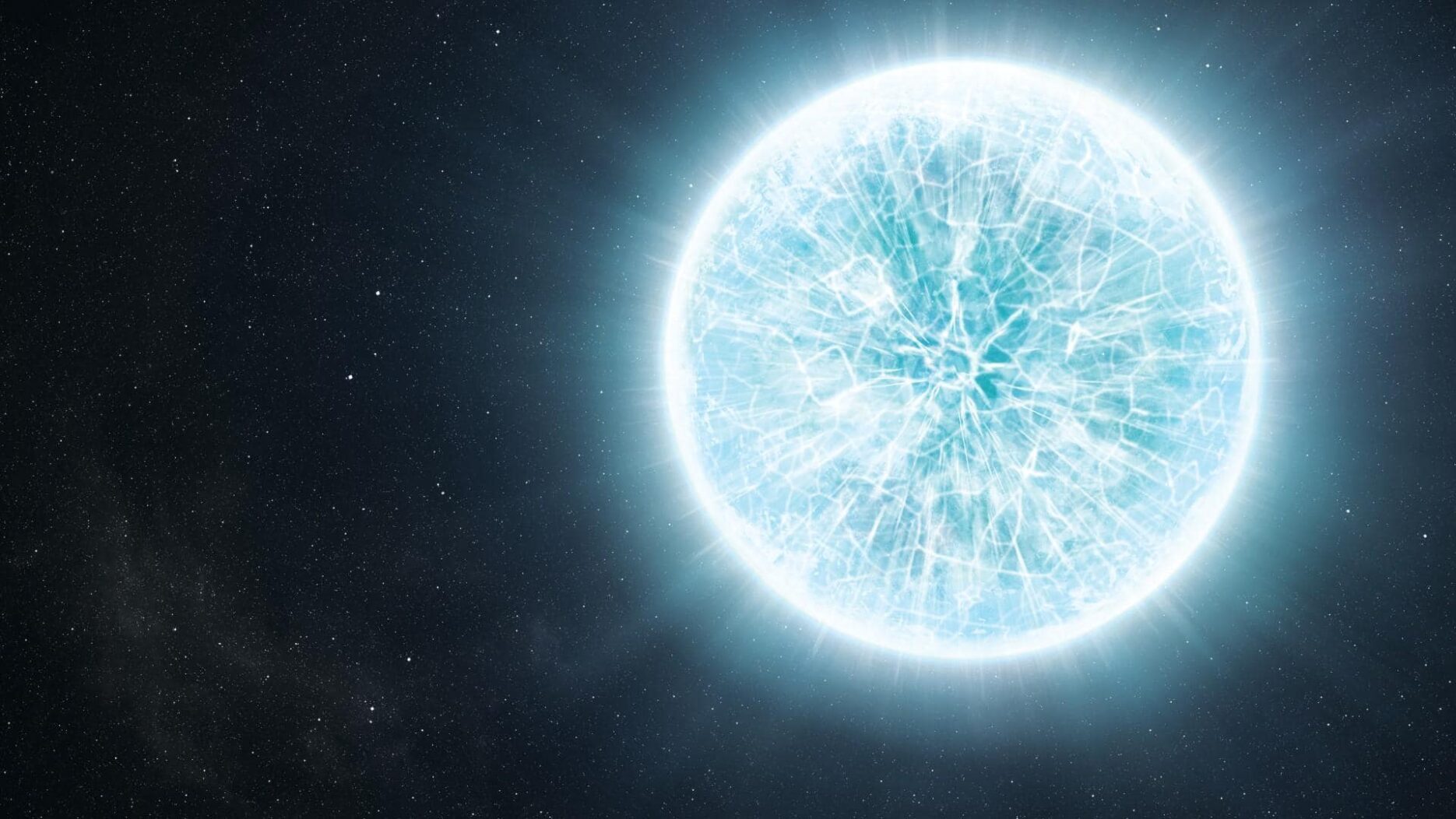Scientists find major clue about how massive stars are formed

Scientists Find Major Clue About How Massive Stars Are Formed
By Dwaipayan Roy | Sep 20, 2025, 06:47 PM
Researchers from the Shanghai Astronomical Observatory (SHAO) have made a groundbreaking discovery shedding light on the formation of massive stars. Published in Science Advances, their study reveals how gas flows from vast distances into the disk surrounding a nascent massive star, providing critical insights into the complex process of star formation, particularly for stars with more than eight times the mass of our Sun.
Why Massive Stars Matter
Massive stars play a pivotal role in shaping galaxies. Their intense radiation, powerful stellar winds, and eventual supernova explosions have a profound impact on the interstellar medium, influencing the structure and evolution of galaxies. Unlike low-mass stars that form through relatively simple gravitational collapse, massive stars arise within highly dynamic and turbulent gas environments.
Until now, the detailed process through which gas is transported to form the accretion disks around these stars remained a mystery.
Innovative Methods to Trace Gas Accretion
The SHAO research team utilized cutting-edge instruments including the Atacama Large Millimeter/submillimeter Array (ALMA) and Maser astrometry—a technique employing microwaves to precisely measure gas positions—to trace the entire gas accretion process in a massive star-forming region.
Their findings were further supported by data from the Very Large Array (VLA), a radio telescope located in New Mexico, USA.
Uncovering Gas Dynamics and Layered Flows
The scientists successfully tracked gas inflow from about 2,500 astronomical units (AU) down to roughly 40 AU from the protostar. Their observations uncovered a layered system of gas flows: at larger scales, multiple spiral-like streams channel material inward, shaped by the rotation and collapse of the parent molecular cloud.
These streams converge into an elongated, bar-like structure that funnels gas even closer to the star’s center.
From Spirals and Bars to Accretion Disks
As the gas approaches the protostar, it forms a rotating, collapsing envelope. Within a few hundred AU, this gas settles into an accretion disk exhibiting Keplerian rotation—where material orbits following predictable laws similar to planets around the Sun.
The entire structure intriguingly resembles a small barred spiral galaxy nestled within a molecular cloud.
Researchers noted that the rate of gas transport remained roughly one ten-thousandth of a solar mass per year within the spiral and bar structures but dropped to about one-millionth of a solar mass per year at the disk scale.
Discovery of Ordered Patterns in Molecular Clouds
Dr. Mai Xiaofeng of SHAO, lead author of the study, highlighted that their results demonstrate how “the internal structures of massive molecular cloud clumps are not random or chaotic, but can exhibit highly ordered, galaxy-like hierarchical patterns.”
This discovery challenges earlier views of molecular clouds as disorganized and turbulent, opening new avenues for understanding the mechanics behind massive star formation.
Part of a Larger Survey
This research is a component of the international ALMA-ATOMS/QUARKS survey, which has collected multiscale data from more than 140 massive star-forming regions over the past five years, advancing our knowledge of the cosmos.
Source: Shanghai Astronomical Observatory (SHAO), Science Advances









